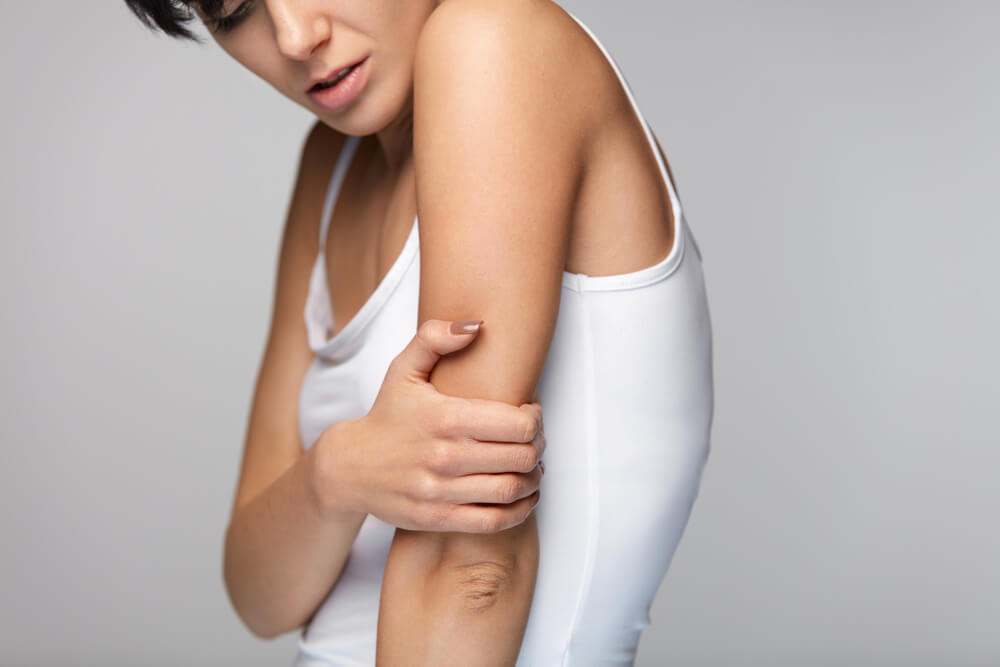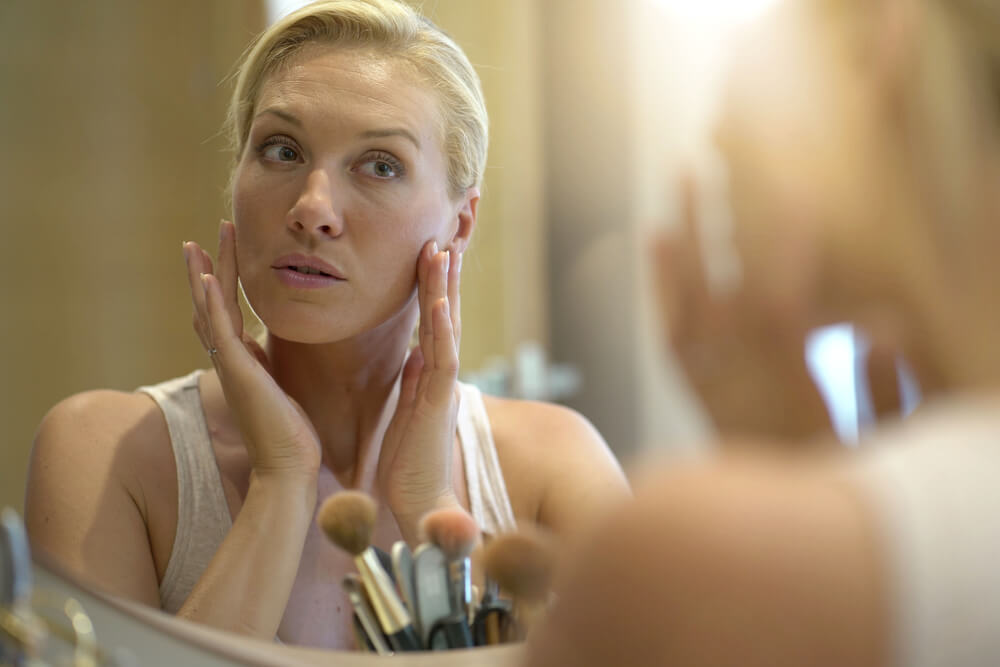
Cellulite vs. stretch marks on thighs – two skin conditions we hate seeing when looking in the mirror! These two afflictions of beauty often appear on our thighs, which can ruin the appearance of our otherwise shapely legs!
Why do thighs suffer from cellulite or stretch marks?
Cellulite and stretch marks are most visible where there is more fat. Our genetics, sex, age, weight, and skin thickness determine how much cellulite or stretch marks we might develop.
Both cellulite and inner thigh stretch marks are common and harmless. And while they can’t be removed, physicians can review your medical history and help reduce their appearance.
Do women experience cellulite and stretch marks more than men?
Roughly 90% of women suffer stretch marks and cellulite on their thighs and other areas, but only about 10% of men have these conditions. Stretch marks affect women about twice as often as men.

These marks can appear on thighs at an early age in life, too. As our young bodies grow and expand, the skin stretches – damaging collagen and resulting in stretch marks.
How do cellulite and stretch marks differ?
Cellulite appears as dents or dimples on the outer layer of the skin. This condition is often found on the lower parts of the body, such as the thighs, and its texture is often described as resembling cottage cheese or orange peel.
On the other hand, stretch marks often appear on the thighs and other areas of the body (such as the upper arms) as thin, long red, or purple lines. Over time, your stretch marks may fade into a silver or white color.
What causes stretch marks?
Stretch marks on the inner thighs form in the middle layer of your skin after the connective skin fibers are stretched too far for various reasons, such as growth spurts, extreme weight gain or loss, or pregnancy.
With skin rapidly stretching, the connective fibers of your skin tear and leave a mark that is a mild scar. This new scar may initially appear red or purple, resulting from blood vessels that can be seen through the skin.
Like most scars, stretch marks are permanent and can’t be removed. But there are multiple methods to help them appear less visible.
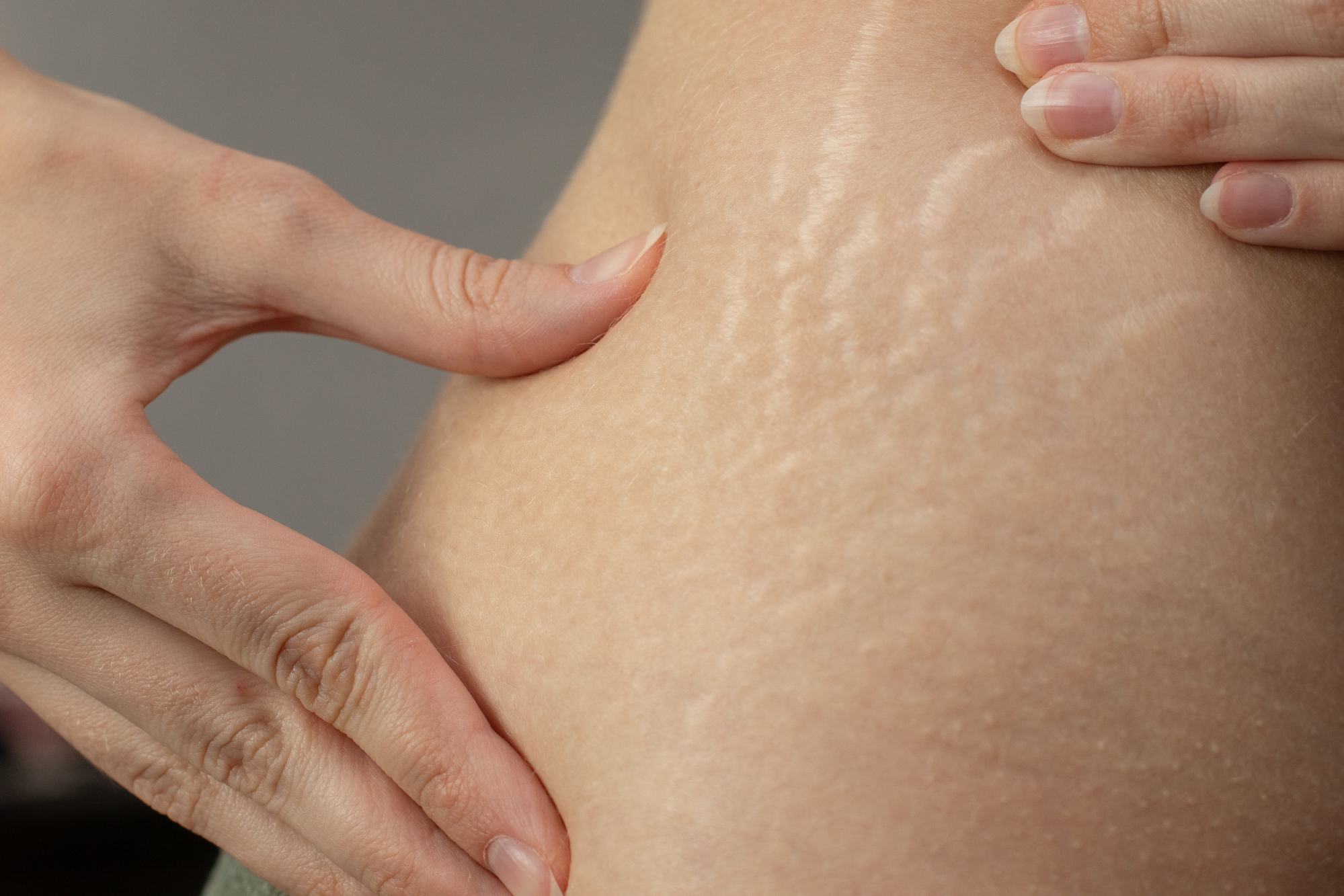
What are the risk factors for getting stretch marks?
While developing stretch marks on the inner thighs can happen to anyone, some people are more likely than others to develop stretch marks. Genetics is one of the strongest predictors. If your family has a history of stretch marks, you’re likely to develop them, too.
Pregnancy is a common cause of stretch marks, and most women will develop pregnancy stretch marks.
In addition to genetics and pregnancy, other risk factors for developing stretch marks on the inner thighs include:
• Rapid growth spurts
• Sudden weight gain or loss
• The rapid increase of muscle size, such as through bodybuilding
• Smoking, which constricts blood vessels
• Exposure to direct sun and self-tanning
What other factors contribute to stretch marks on thighs?
Avoid the following, which are linked to developing stretch marks on our inner thighs, as they tend to weaken the skin’s structure or cause a thinning of the skin:
• Hormonal imbalance
• Anabolic steroids
• Corticosteroid creams
• Cushing’s syndrome
• Marfan syndrome
• Topical corticosteroid medications
Why does cellulite develop on the thighs?
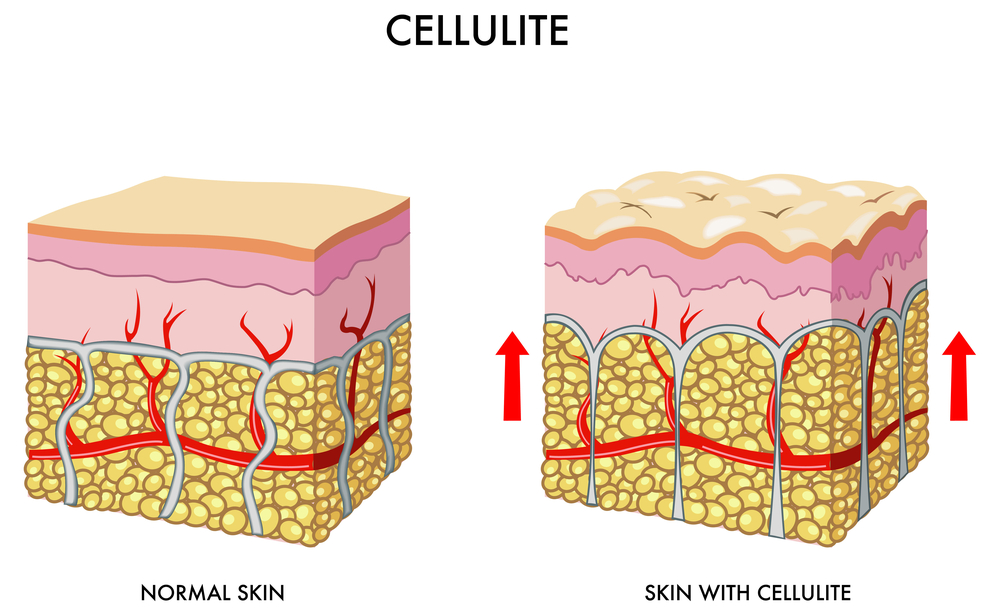
Cellulite develops on the inner thighs because this area naturally has more fatty tissue. Other factors that increase the chances for cellulite include:
- Decreased collagen due to aging
- Increased estrogen, such as during pregnancy
- Family history of cellulite
- Tissue inflammation
- Increased fatty tissue caused by weight gain
- Poor circulation or lymphatic drainage
- Thinning epidermis (outer layer of skin)
What are stretch mark symptoms?
Fresh stretch marks can feel itchy or irritated as the skin tries to repair itself. As stretch marks grow older and fade, they usually cause no pain or irritation.
If your stretch marks are painful, they might be deep tissue scars called striae distensae. These tissue scars are more common in people who are overweight.
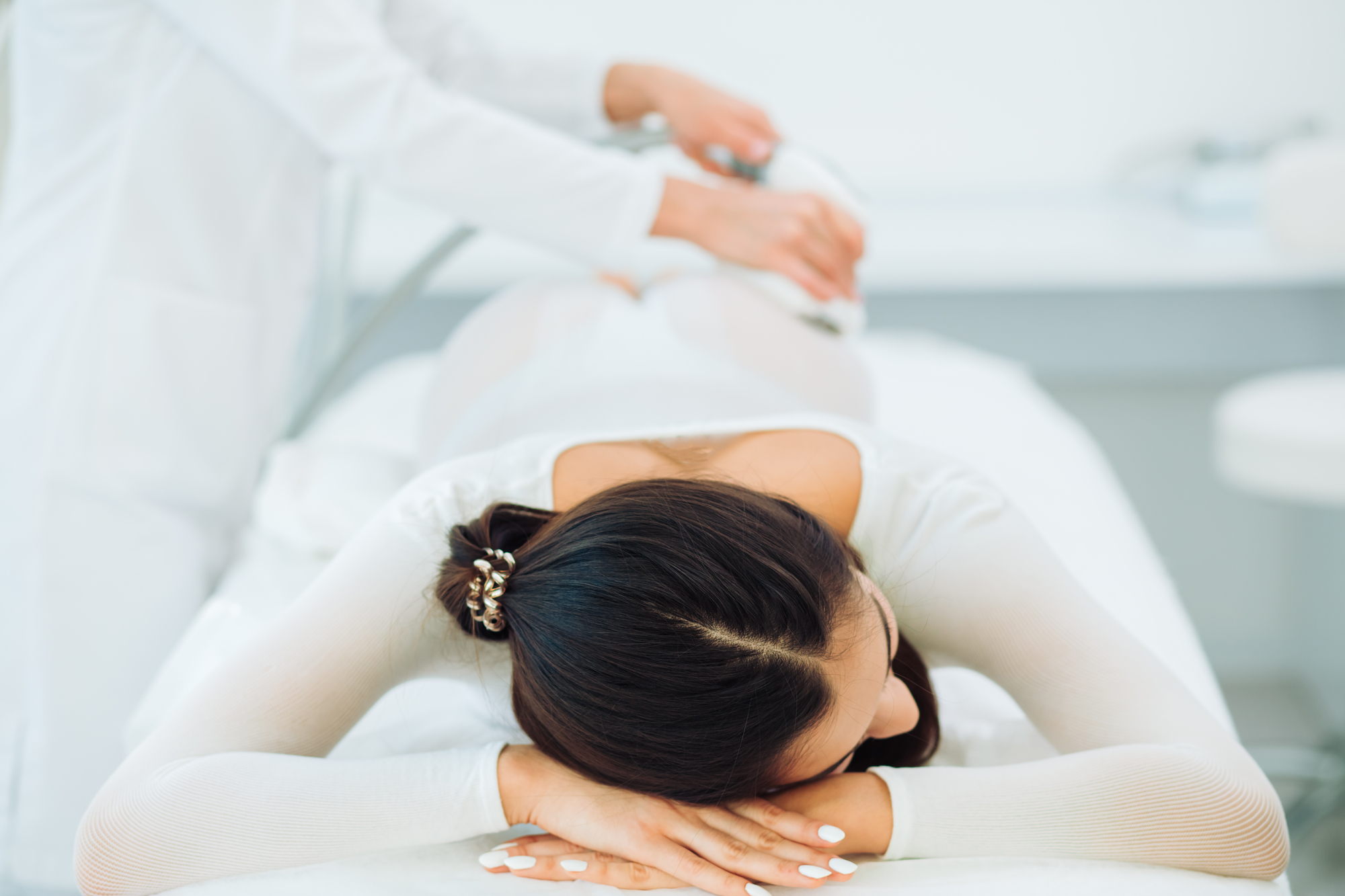
Physicians can provide a striae distensae treatment review for patients who experience discomfort with deep stretch marks.
Scarred, stretch-marked skin can be more sensitive to sunburn or irritation. Maintaining a healthy weight can help keep stretch marks to a minimum.
What are some home remedies for stretch marks?
Multiple treatments are available for softening the appearance of red, purple, and white stretch marks, including several home remedies and medical procedures.
Topical treatment options, such as stretch mark creams and prescription creams, may reduce the appearance of your stretch marks and help you achieve smoother skin.
These options include:
• Cocoa butter, shea butter, olive oil, vitamin E oil, and other moisturizers to improve skin’s elasticity and hydration
• Exfoliation to remove dead skin from your thighs and improve skin regeneration
• Tretinoin (retinoid) creams and collagen boosters to stimulate collagen production
• Herbal oils, such as Centella asiatica, along with hyaluronic acid, to help the body make collagen and build up skin tissue
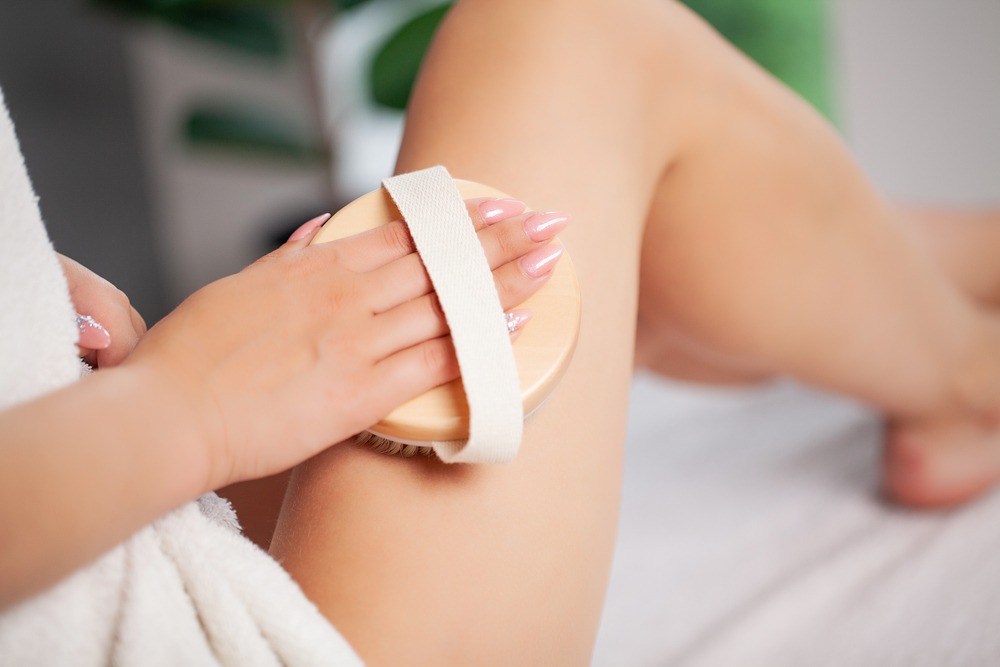
Are there medical treatment options for stretch marks?
The following medical treatment options can help fade stretch marks and encourage collagen production to rejuvenate the skin and lessen the appearance of stretch marks:
• Laser therapy, such as fractional CO2 laser therapy – Stimulates skin cell growth and regeneration, and helps fade stretch marks
• Pulsed dye laser therapy – Utilizes a painless blast of light energy on new red stretch marks to calm the blood vessels that could be causing the marks
• Excimer laser therapy – Exposes stretch marks to targeted ultraviolet B (UVB) light to correct pigment problems from stretch marks
• Microdermabrasion – Uses tiny crystals to rub off the top layer of your skin to help fade new stretch marks
• Chemical peel – Burns off the top layers of your skin to remove dead and damaged cells, boost new skin growth, and improve stretch marks
• Radiofrequency – Utilizes radio wave energy to trigger collagen production
• Ultrasound – Sends sound waves deep into the skin to promote collagen production
How can stretch marks and cellulite be prevented?
It sounds like a broken record, but staying hydrated, eating a balanced diet, and exercising can improve our health while helping us prevent and reduce the appearance of stretch marks and cellulite.

Stretch marks can result from rapidly gaining excessive weight and developing a large abdominal circumference due to an unhealthy diet and lifestyle.
Avoid diets high in fats, salt, carbohydrates, and sugar to prevent developing stretch marks and cellulite. Fats can increase inflammation and help generate more subcutaneous fat cells. Salts can cause water retention. Carbs can help break down collagen. Too much sugar expands fat cells.
And it is a good idea to avoid processed foods (like chips, baked goods, sodas, and processed mixes), as these contain high levels of sugar, fat, and salt.
Remember that rapid weight gain is a factor in stretch mark development.
What constitutes a healthy diet to ward off cellulite and stretch marks?
Eating a well-balanced diet with plenty of vegetables, fruits, and lean meat will help you improve skin tone and maintain healthy skin.

Skin heals faster when it is fed the nutrients that it needs. Here’s what to eat to minimize the risk of developing stretch marks and cellulite:
• Eat omega-3 fatty acids to help skin stay supple. Omega-3s can be found in seafood, chia seeds, flaxseed, walnuts, algae, soybeans, and supplements.
• Take vitamin D, which is essential for healthy skin. While you can get vitamin D from sun exposure, the safer way to get it is to eat foods rich in vitamin D and take supplements.
• Eat plenty of fruits and vegetables. Our skin needs various nutrients, such as zinc and vitamins A, C, and E, to stay healthy.
Can exercise reduce stretch marks and cellulite on thighs?
Exercises that target the thighs help reduce stretch marks and cellulite. Jogging, walking, swimming, cycling, and dancing all help to reduce fat, decrease the effects of cellulite and stretch marks, and keep surrounding skin healthy.
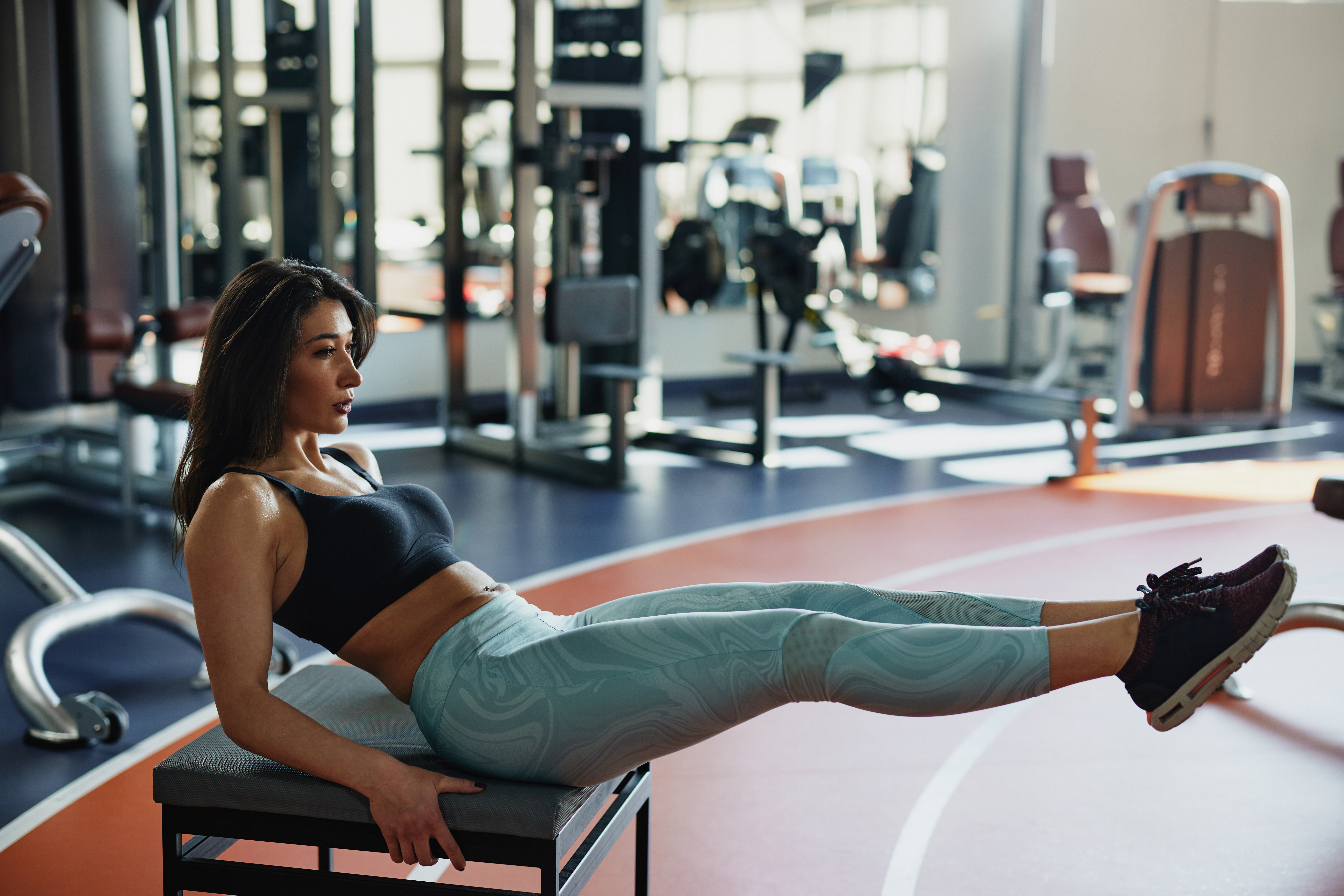
Can Sofwave help to get rid of cellulite?
In December 2022, Sofwave announced the U.S. Food and Drug Administration’s (FDA’s) clearance of Sofwave’s SUPERB™ technology to improve the short-term appearance of cellulite.
With this FDA clearance, Sofwave can provide non-invasive treatments of cellulite, one of the most desired body treatments in medical aesthetics, because of the high prevalence of cellulite in women of all ages and the lack of effective and safe solutions involving no patient downtime.
In 2021, SUPERB technology was FDA-cleared for lifting the eyebrow and also lifting lax submental tissue (beneath the chin) and neck tissue.
Sofwave technology is also FDA-cleared for non-invasive dermatological aesthetic treatments to improve facial lines and wrinkles.
What more do you need?
Did Sofwave conduct clinical trials for improving cellulite?
In support of the cellulite FDA clearance, Sofwave conducted a study of 68 women in the U.S. who received two treatments (two to four weeks apart) using SUPERB technology on one side (right or left) of the lateral/posterior upper thigh or buttocks.
Serial clinical photographs were assessed by blinded independent reviewers to identify pre-treatment images when compared to post-treatment images and to grade the pre-treatment and post-treatment images using the Cellulite Severity Scale.
Improvement was evaluated using the Global Aesthetic Improvement Scale and the Laxity Scale. Post-study, the blinded reviewers correctly identified the post-treatment images for 89% of the subjects.
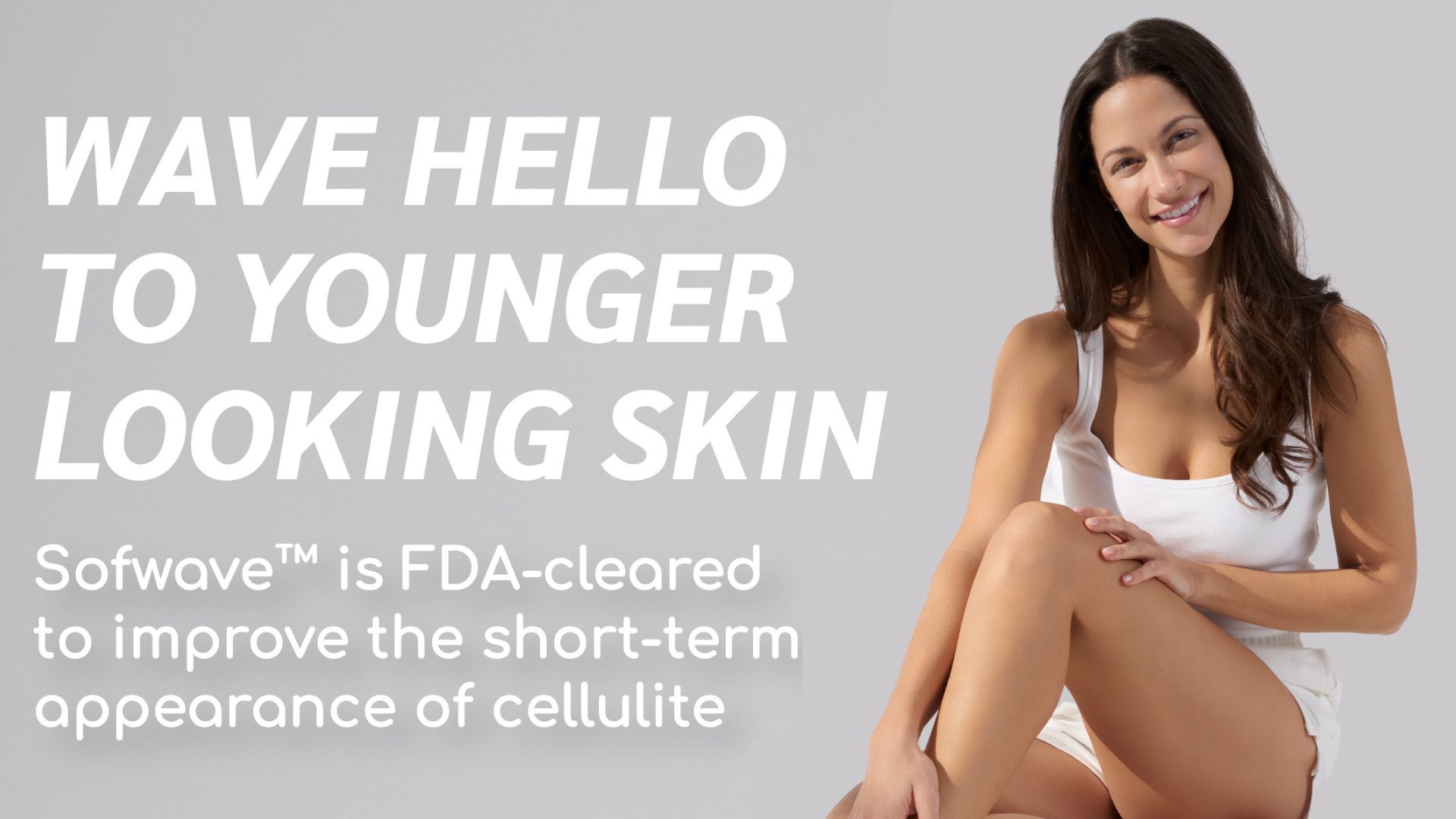
How does Sofwave work?
Sofwave’s ultrasound energy passes through the skin’s surface, heating the mid-dermal tissue at the precise depth and temperature to rejuvenate collagen fibers.
To ensure safety during treatments, the system’s Sofcool™ cooling mechanism protects skin from burning.
What is the Sofwave treatment like?
Sofwave procedures require no needles or incisions, and the discomfort level with the treatments is well tolerated. Sofwave procedures take only about 45 minutes to complete (so convenient!), and afterward, you can go right back to your activities.
Sofwave is safe for all skin types. Ultrasound absorption is independent of skin color or pigmentation to minimize the appearance of cellulite.
Where are Sofwave treatments available?
Sofwave providers are in North America, Europe, and Israel – and in January 2023, Sofwave announced that it received market approval for Sofwave SUPERB technology in Mexico – the second-largest aesthetic medical market in Latin America!
Sofwave also has regulatory submissions pending in other large markets, including China and Japan. So, soon, wherever you are, you’ll be able to receive Sofwave treatments!
How sweet is that?
References:
- “Stretch Marks on the Thighs: What to Know,” Jessica Caporuscio, Pharm.D., Medical News Today, https://www.medicalnewstoday.com/articles/326525
- “Which Treatments Work for Stretch Marks?,” Amanda Barrell, Medical News Today, https://www.medicalnewstoday.com/articles/322231
- “Ten Tips to Prevent Stretch Marks,” Jennifer Berry, Medical News Today, https://www.medicalnewstoday.com/articles/322776
- “What are the Treatments and Home Remedies for Stretch Marks?,” Jennifer Berry, Medical News Today, https://www.medicalnewstoday.com/articles/312975
- “Stretch Marks on the Inner Thigh,” Kiara Anthony, Healthline, https://www.healthline.com/health/inner-thigh-stretch-marks
- “Everything You Need to Know About Stretch Marks,” Elea Carey and Adrienne Santos-Longhurst, Healthline, https://www.healthline.com/health/inner-thigh-stretch-marks#outlook
- “How to Get Rid of Stretch Marks: 11 Ingredients to Try,” Kathryn Watson and C. Guthrie, Healthline, https://www.healthline.com/health/home-remedies-for-stretch-marks
- “Stretch Marks,” Susan Bernstein, WebMD, https://www.webmd.com/beauty/what-are-stretch-marks
- “Stretch Marks – Symptoms & Causes/Diagnosis & Treatment,” Mayo Clinic, https://www.mayoclinic.org/diseases-conditions/stretch-marks/symptoms-causes/syc-20351139
- “Thigh Stretch Marks – Causes and How to Get Rid of Them Fast,” Jeremy Mukhwana, Better Me, https://betterme.world/articles/thigh-stretch-marks/
- “Difference Between Stretch Marks and Cellulite,” Eeva Medical Aesthetic Clinic, https://eevamedicalclinic.com/stretch-marks-vs-cellulite/
- “How to Get Rid of (and Prevent) Stretch Marks,” Michael Matthews, LegionAthletics.com, https://legionathletics.com/how-to-get-rid-of-stretch-marks/
- “Striae Distensae Treatment Review and Update,” Archana J. Lokhande and Venkataram Mysore, Indian Dermatology Online Journal, https://www.ncbi.nlm.nih.gov/pmc/articles/PMC6615396/
- “Male Stretch Marks Symptoms and Causes,” Jerry Kennard, VeryWell Health, https://www.verywellhealth.com/stretch-marks-and-men-2329099


